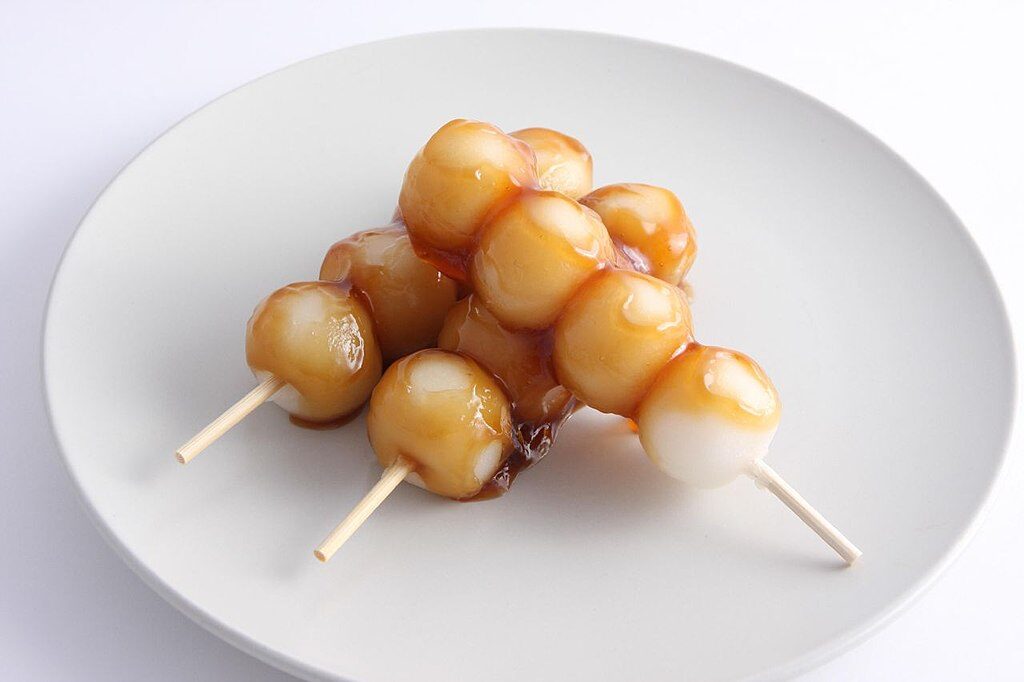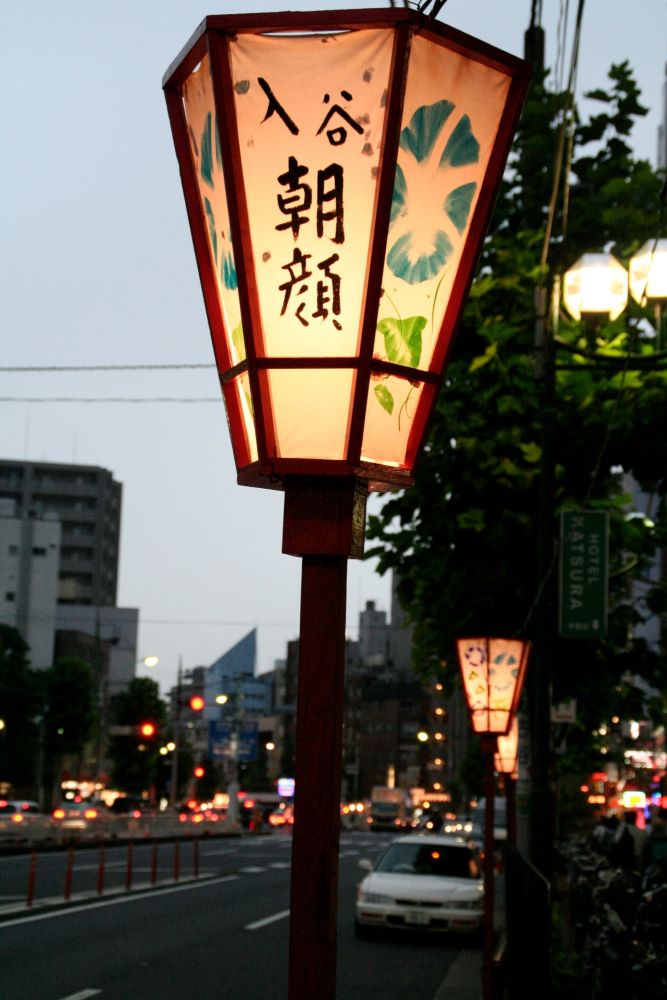Don’t make the mistake of assuming that Japan is a country where gluten-free food will be easily available considering the abundant use of rice!! Sushi is associated with Japan, however, Japanese food is rich in soy sauce which contains wheat. Barley, as well as wheat flour, are used in Japanese foods.

By denver935 (Flickr) [CC BY 2.0], via Wikimedia Commons
Klook.com
Looking at the history of Japan, we do see that rice was the thing used majorly. Wheat was grown in small quantities. After the 1950s, wheat import began which caused the prevailed use over the country. From that day onward, eradicating wheat from the daily life has become harder. With instant Ramen noodles, buns, soy sauce and every other food item containing wheat, going gluten-free in Tokyo has become a challenge.
Despite the challenge, celiacs can enjoy gluten-free food in Japan. With our tips and few precautions, you can eat gluten-free in Tokyo without a worry.
Tokyo Gluten Free Food Issues
Klook.com
Rice is pretty much connected with Japanese history and food tradition. However, Japanese food cannot be labeled gluten-free completely. The use of soy sauce is what causes most problems to arise.
The major issue in Japan you’ll face as a gluten intolerant person is that only a few people will be aware of your scenario. Unlike the West, there is little awareness of gluten-sensitivity or celiac disease in Japan. This makes it hard for you to get your dishes modified in restaurants and diners. Asking for a modification is considered rude in Japan anyways. Therefore, your only option is to stick to restaurants that offer gluten-free.
Gluten Free Tokyo Safe Options
Finding gluten-free food is hard because its almost impossible to find soy sauce free food in Japan. Pretty much everything is soaked in soy sauce. This means you must be extra vigilant and keep an eye out for any dark brown colored sauce on any dish. Ponzu, teriyaki, and hoisin are some food items you must steer clear of.
Majority of the times, if a dish is a dark brown in color, it is due to the addition of soy sauce.
Some fool-proof food items that have no chance of triggering an infection in a gluten intolerant person are listed below:
- Yakitori, seasoned with salt instead of soy sauce
- Tofu (keep an eye on the sauce)
- Noodles made of pure soba or buckwheat
- Seaweed without soy sauce
- Edamame soybeans that were NOT boiled in udon water
- Yakiimo: baked sweet potatoes, without any sauces
- Certain types of Onigiri including pickled plum (ume) and salmon (sake). Onigiri is triangular shaped rice with seaweed. Just double-check the ingredients to make sure you’re opting for a wheat-free version.
- Hard-boiled eggs that are pre-salted
- Freshly roasted chestnuts
- Mochi (daifuku): made of rice flour or arrowroot flour with rice flour coating. Stick to the ones sold by vendors as the ones sold in convenience stores may include starch syrup.
- Sashimi and sushi that are made without vinegar. Avoid unagi since it is marinated in soy-blend. In case you’re getting a bowl, make sure you don’t get it brushed with soy sauce.
- Oysters. These can be found in morning fish markets where you’ll also find fresh sashimi and sushi. Just make sure you’re not getting soy sauce toppings.
In case of confusions, don’t hesitate to ask if the dish contains soy sauce. It’s better to face a few weird glances instead of causing a reaction.
Things to avoid
Here are some food items that are a definite red flag in Japan. There is hardly any chance you’ll find a gluten-free version of these items.
- Anything made with soy-sauce
- Udon noodles. These are made of wheat
- Ramen noodles. These too are made of wheat
- Okonomiyaki. The traditional recipe contains the use of gluten
- Mugi-cha. This is a barley tea.
- Miso or miso soup. Miso mostly contains wheat
Where to Find Tokyo Gluten-Free Options
Here are our tested places that will certainly have something to offer.
- Convenience stores: Japan has an abundance of these stores. You can find not just gluten-free options but also all other healthy and tasty food. You can purchase onigiri which are rice balls without any soy sauce. They will serve as the perfect snack for when you’re not feeling very hungry. You can also find packs of one or two hard-boiled eggs that can serve as your breakfast option.
- Izakaya bars are the local places where you can casually eat. Here, most of the menu will be full of gluten but some Yakitori restaurants will have the options of ‘shio yaki’. This means your food will be prepared in salt instead of the sauce which typically contains soy sauce. Yakitoris are meat or chicken skewers. When you opt for the shio version, you’ll get the meat that isn’t pre-marinated in soy sauce.
- Department stores: every department store has a food section. This is mostly in the basement. Here you’ll have access to raw as well as pre-cooked food. Other than fruits and vegetables, you can also get ready-made sushi which is gluten-free. Desserts such as sweets made with mocha and sweet beans will be perfect for you too.
- Automatic sushi restaurants. These places are also called conveyer belt sushi restaurants. Majority of the sushi served here will be okay for gluten intolerant people. Just steer
- Tofu restaurants. Tofu is one of your safest options in Japan. Some tofu dishes may contain soy sauce. You can make sure of that by asking the server for ingredient details of the dish.
clear of unagi which is an eel. It is almost always coated in a sauce that is made of soy sauce.




